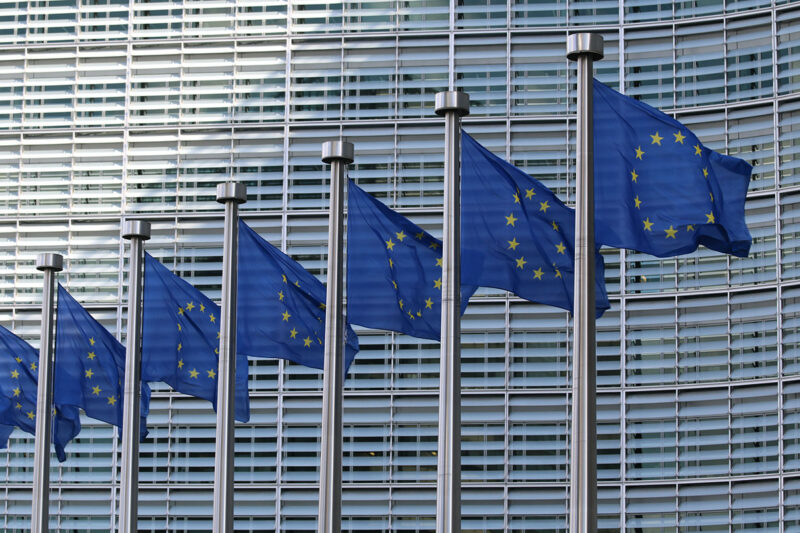

Final push to agree on the Stability & Growth Pact
EU countries are stepping up negotiations to reform the fiscal rules of the Stability and Growth Pact before the end of the year, suspended for three years to allow member states to increase public spending in the wake of the health crisis.
The Stability and Growth Pact (SGP) was born in the late 1990s to avoid excessive budget deficits in the eurozone after the single currency came into force. In other words, the aim was to prevent eurozone members from overspending beyond their possibilities and thus maintain the stability of the Economic and Monetary Union.
These fiscal rules stipulate that countries adopting the euro must keep their budget deficits below 3% of gross domestic product (GDP) and their public debt below 60% of GDP, nonetheless, it applies to all EU member states. In the event of non-compliance by a member state, it was envisaged that a penalty of 0.5% of gross domestic product would be imposed. In practice, however, favouritism towards Germany and France applies, two countries that rule the EU.
Some rules were changed to deal with the financial collapse in 2007 and the ensuing sovereign debt crisis, which led to painful austerity measures to curb excessive spending in some countries. This made compliance with the balanced budget directive more flexible, allowing member states to increase their deficits, as long as the limit of 3 per cent of gross domestic product was not exceeded.
In 2020, the European Commission suspended debt and deficit rules so that member states could cope with the economic shock of the Covid-19 pandemic. Subsequently, Brussels extended the suspension of the Stability Pact for three years because of the war in Ukraine and runaway inflation.
A sustainable debt reduction
Last April, The European Commission proposed an overhaul of the old fiscal rules to make them more future-proof, highlighting an annual adjustment of 0.5 % for countries with excessively large deficits.
Since then, the 27 EU member states have intensified negotiations to agree on a new pact before the end of the year. The new regulatory framework will officially be applied in 2025, but the European Commission asked states to design their budgets for next year with the new rules in mind.
The European Commission has been assessing the fiscal plans submitted by the member states. In the case of Spain, Brussels endorses the Spanish government’s budget plan, acknowledging that it complies with the recommendation to limit the increase in net public spending to a maximum of 2.6%. Even so, it considers that Spain still has a “very difficult” budgetary situation and that it will therefore be necessary for it to “establish a credible medium-term fiscal strategy”.
Spain, like other countries such as France and Italy, advocates a more flexible fiscal pact, with the rules adapted to the circumstances of each economy. On the other hand, Germany accepts some flexibility, in exchange for a minimum annual adjustment. Be that as it may, the gradual reintroduction of greater budgetary discipline is assured.
If you want to discover the best option to protect your savings, go to Preciosos 11Onze. We will help you buy at the best price the ultimate safe-haven asset: physical gold.
Leave a Reply
You must be logged in to post a comment.





👍
Gràcies, Jordi!!!
👌
Gràcies, Carles!!!
👍
Gràcies, Manel!!!
Gràcies
Gràcies a tu, Joan!!!